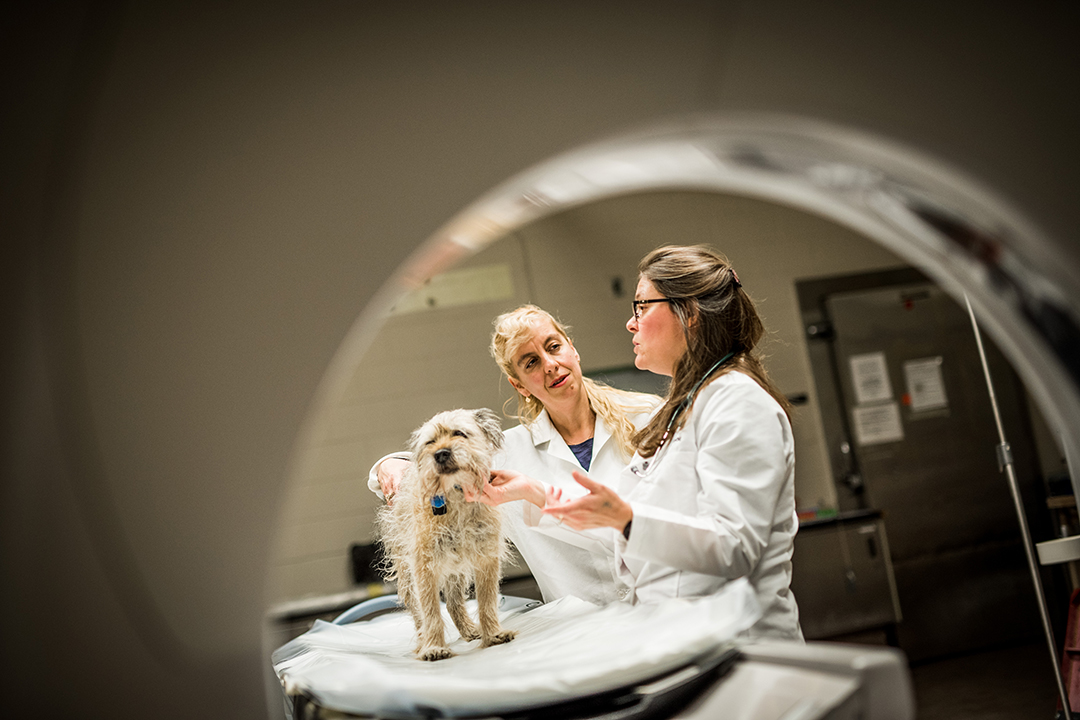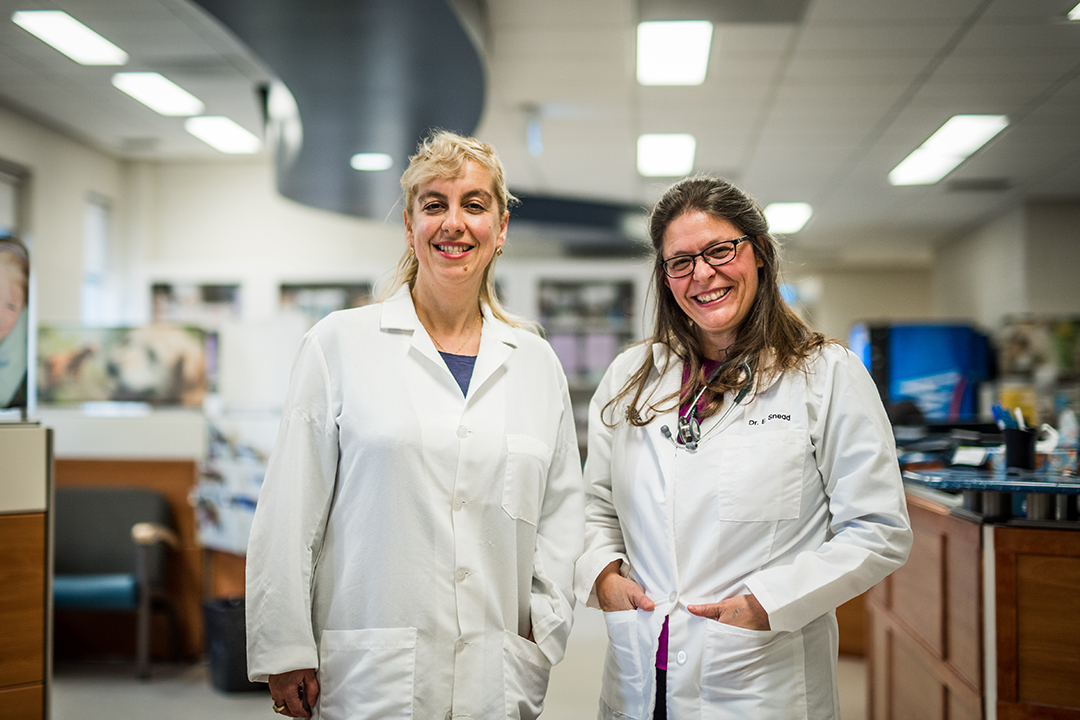
A man's best friend
We all know someone with a beloved family dog, right? The four-legged furry friend that’s treated as good as any member of the family. We also know the heartache felt when it’s time to make the difficult decision to humanely euthanize a pet.
By Kathryn ThompsonWhat if you knew the soil around your house contained a potentially deadly microscopic fungus that could infect your adored family pet, or even worse, someone else in your household?
Well, invasive fungal infections are prevalent in Canada causing serious illness or even death in tens of thousands of people with weakened immune systems every year. But they also affect healthy people and dogs because some of these fungi are typically found in the soil in Saskatchewan. In fact, many fungi are endemic to all of Canada.
“Dogs are natural diggers,” says Dr. Ekaterina Dadachova, chair in Radiopharmacy, Fedoruk Centre for Nuclear Innovation, and professor at the University of Saskatchewan's (USask) College of Pharmacy and Nutrition. “That’s why soil-dwelling fungi can infect them easier than humans.”
An infection that causes nasty lesions on their skin and the proliferation in their lungs can result in death if untreated. Conventional treatments or antifungal drugs are expensive and toxic to the dog’s liver. The treatments often take up to six months or longer with no guarantee that they will work.
These lengthy treatments and uncertain prognosis are the same for humans. Invasive fungal infections cause devastating morbidity and mortality, especially in organ transplant patients, cancer patients and patients in intensive care units. But healthy people who spend time in their gardens are at risk, too.
“Currently, there is a lack of effective drugs and new approaches are urgently needed for both dogs and humans,” says Dadachova.

Given the drugs are often the same in pets and humans, the research and the development of treatments can be done under the “one health umbrella.” This is why Dadachova is conducting the research in collaboration with Dr. Elisabeth (Liz) Snead from the Western College of Veterinary Medicine (WCVM) at USask.
Dadachova moved to Saskatchewan four years ago after spending 16 years at the Albert Einstein College of Medicine in New York. She specializes in radiation therapy of cancer and infectious diseases, and radioprotection. Snead, a professor of small animal internal medicine, is also the WCVM's associate dean of research and graduate studies. Her research program is related to feline cancers and infectious diseases.
Through this collaboration, Dadachova believes the research will raise awareness for new treatments for invasive fungal infections in both dogs and humans. More importantly, if successful, this project will create a quantum leap in treatment of invasive fungal infections.
With the use of radioimmunotherapy (RIT) it’s imperative to develop a treatment that does not damage the healthy organs by the side effects of radiation treatment. Therefore, the Saskatchewan Health Research Foundation (SHRF) provided funding for an initial safety study that was conducted with healthy dogs to make sure that when the sick dogs are treated, the treatment will not harm them.
The initial studies in a mouse model of fungal infection and then a study in healthy dogs showed for the first time that RIT of the infection works safely in large species.
“The SHRF Establishment Grant helped us create the foundation where we can now develop the protocol for the clinical trial in dogs,” says Dadachova. “This brings us one step closer to performing clinical trials in humans.”
As a result of their findings, Dadachova and Snead are preparing for a clinical trial in dogs with invasive fungal infections. They have secured funding through the Sylvia Fedoruk Canadian Centre for Nuclear Innovation to perform this study.
“Funding and support for these collaborations is critical for the success of translational health research,” says Dadachova.
Translational research is research that is translated from the bench and used in the clinic. Without this type of support for collaboration, health researchers aren’t able to effectively develop technology and drugs for the end-users such as clinicians, industry partners and patients.
This article was originally posted on the Saskatchewan Health Research Foundation (SHRF) website and is reposted on WCVM Today with the permission of SHRF.
